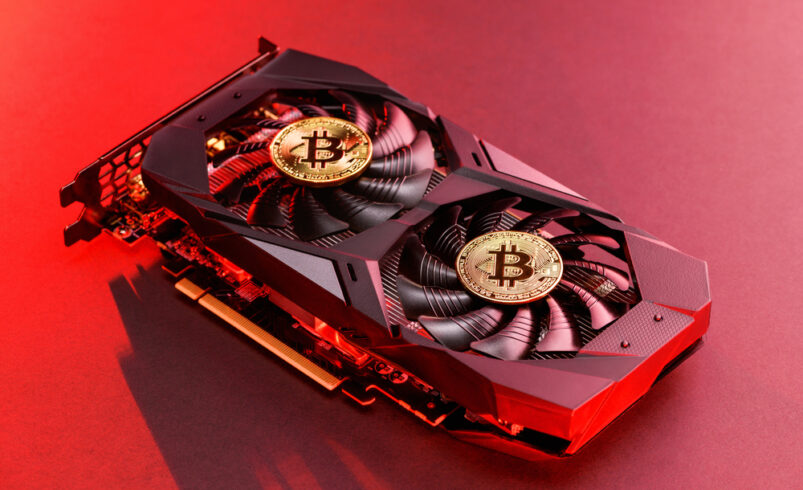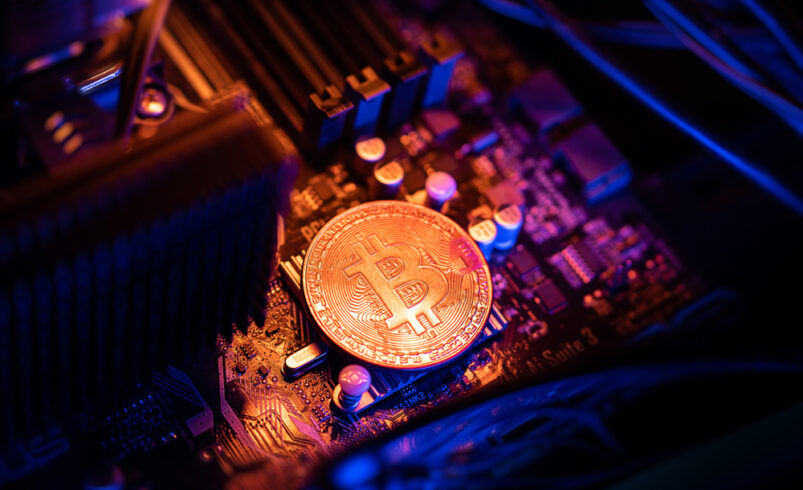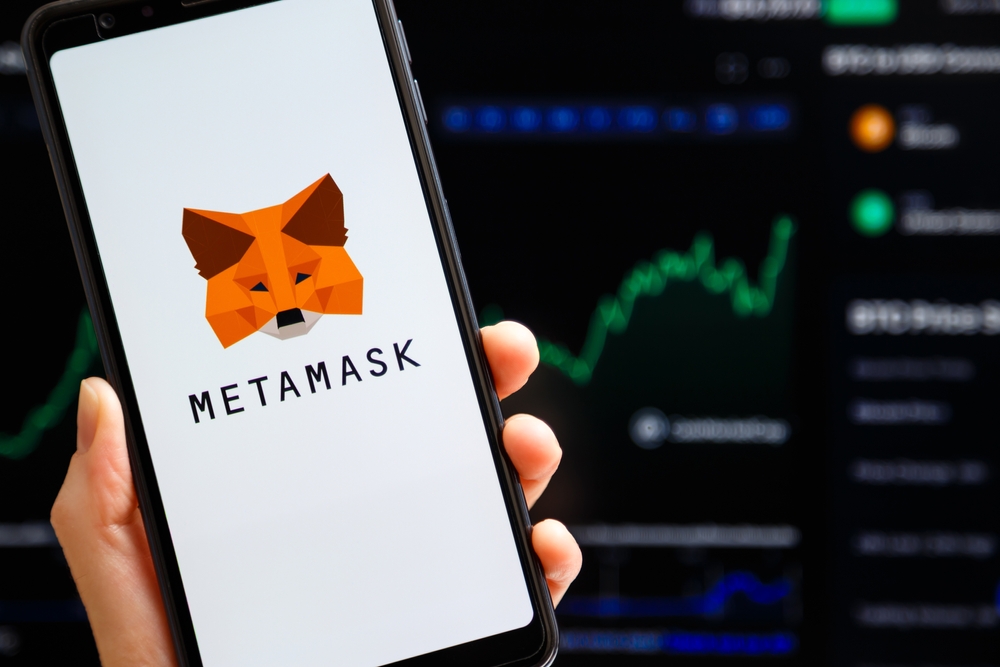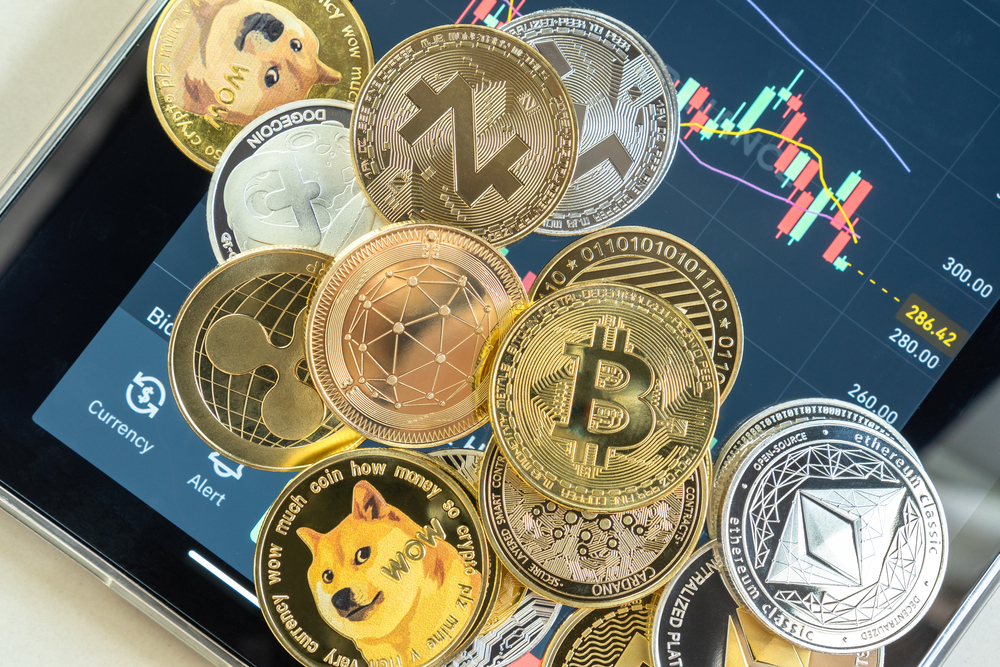A Complete Beginner’s Guide to Bitcoin Mining
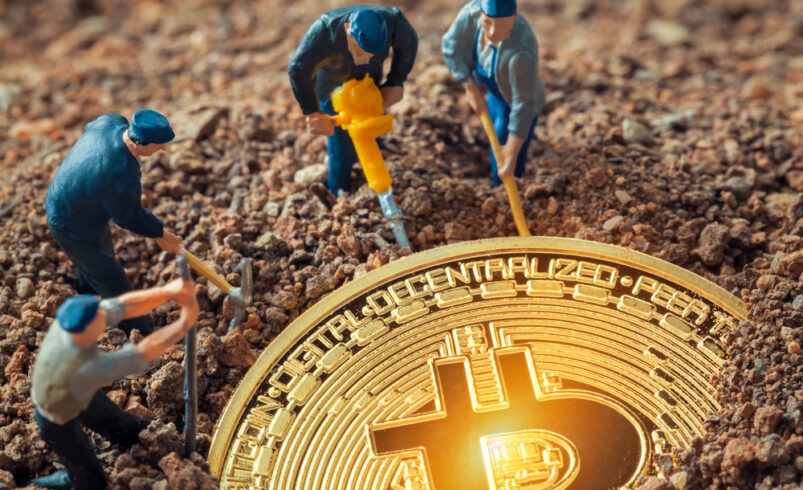
Mining is an important aspect of the Bitcoin ecosystem. But what does Bitcoin mining mean? Keep reading this article to learn more about Bitcoin mining.
Understanding Bitcoin Mining
As a beginner, you may think Bitcoin mining is like digging the ground for coal or gold. But that’s not the case. Instead, it refers to the process of verifying transactions on the Bitcoin blockchain. Parties involved in Bitcoin mining are known as miners. Verified transactions are grouped into “blocks,” which are then added to the Bitcoin blockchain. For every block of verified transactions, a miner receives a reward in the form of BTC.
Even though mining rewards have declined in recent years due to Bitcoin halving (an event that occurs every four years in which miner rewards are cut by 50%), investors have continued to participate in verifying transactions.
So, who is eligible to become a miner? Being a decentralized blockchain, Bitcoin lets anyone across the globe participate in mining.
Try GPT Definity AI today, the #1 crypto trading robot! Click here to learn more. Artificial intelligence trading robots are taking over the trading eco-system, you can join this revolution and profit from daily revenues! Get ahead of the trading game with Artificial Intelligence crypto trading software today!
Why Are Miners Necessary?
Since miners audit and verify transactions on Bitcoin, they help to prevent the “double spending” problem. For starters, double spending is a situation where a Bitcoin user attempts to spend the same BTC twice. So, it is the work of miners to ensure that a Bitcoin transaction does not get executed twice.
The Bitcoin Mining Process
Here is how Bitcoin mining works:
Step 1: A Bitcoin miner gathers individual transactions and packages them into a block.
Step 2: The Bitcoin miner (node) competes with others to be the first one to audit and validate the block. This stage involves solving an extremely difficult cryptographic problem.
Step 3: The miner who solves the problem first broadcasts their achievement to the Bitcoin network.
Step 4: Other miners then verify if the solution is accurate. If so, the block gets added to the Bitcoin blockchain, and the miner who solved the problem receives their BTC reward.
It is worth mentioning that the cryptographic problem gets more difficult to solve each time a new Bitcoin is mined. This means miners need more hash rate to increase their chances of receiving mining rewards. A Hash rate measures the power of a miner’s computer. The higher it is, the greater the miner’s chances of earning BTC rewards.
In the past, Bitcoin miners utilized computers’ central processing units (CPUs) to solve cryptographic problems before discovering GPUs (graphics processing units), which are considered more effective. Besides GPUs, Bitcoin miners also use ASIC, a dedicated crypto mining hardware.
Finding solutions to cryptographic problems protects the Bitcoin blockchain from attacks. That’s because an attacker will need 51% of the entire computing power on Bitcoin to reverse transactions, which is difficult to attain.
Bitcoin Mining Crackdown in China
Bitcoin mining is an expensive venture. Therefore, most people who wish to engage in this activity prefer joining “mining pools” in which multiple miners come together to combine their resources in an effort to enhance their chances of earning BTC rewards.
A few years ago, China hosted most of the mining pools. But that changed in 2021 when the country’s State Council declared Bitcoin mining as a massive financial risk that needed to be monitored. The declaration marked the beginning of a crackdown on Bitcoin miners, with several provincial governments like Sichuan, Inner Mongolia, Qinghai, Xinjiang, and Yunnan banning mining activities. Following the crackdown, most miners have moved their operations to other countries. Today, the United States is the world’s biggest host of Bitcoin miners.
In recent years, Bitcoin mining has been criticized for consuming high energy, with environmentalists calling on miners to go green. Several Bitcoin miners in Iran and the United States are already using natural gas to run their mining facilities.
The criticism pushed Bitcoin’s main rival, Ethereum, to transition to Proof-of-Stake consensus from Proof-of-Work. Today, Ethereum has validators instead of miners. The second-largest blockchain now consumes less energy than before. Whether Bitcoin will adopt Proof-of-Stake consensus remains to be seen.
Disclaimer: Mining Plus Crypto specializes in amplifying content for dozens of cryptocurrency and blockchain firms, and your company could be next on the list! For inquiries, please reach out to us through or Telegram Chat. Given the unpredictable nature of cryptocurrencies, we advise you to thoroughly research before investing. A portion of the content available on our website, including broker reviews, is paid content or content contributed by guest writers and does not necessarily represent the opinions of Mining Plus Crypto. We claim no liability for the accuracy, quality, and content of advertisements, products, or any other materials, including ad spaces displayed on our site. For a comprehensive understanding, please review our full terms and conditions, and disclaimer.

